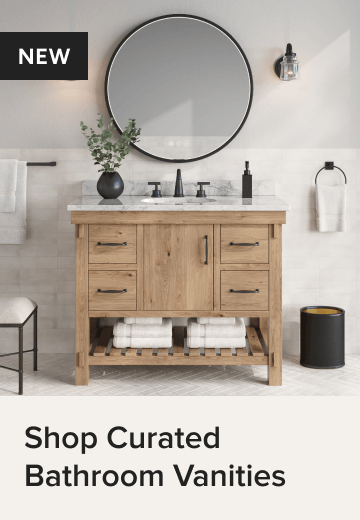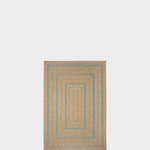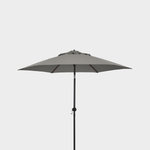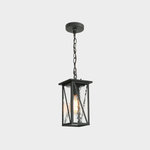Purpose.Intent.
You can add new throw pillows to a couch or paint the walls to revive a room. You can place a big beautiful bouquet of wildflowers on a dining room table and instantly change the ambiance.
You can.
And making changes like this relates to your sense of style. Style is a form of communication. Decoration, accessories and the like do send a strong message. But this is not what we are referring to when we talk about environmental disposition, purpose or design intent.
That said let’s get back to a promise made in our last post “Places That Heal.” We told you that we would give you examples of design strategies that purposefully calm in this post. We wanted to provide these examples in support of research that we referenced in that post regarding environmental disposition.
Yes, you can keep it simple and let style choices casually adjust environmental disposition. Typically, this is a band-aid; an after-the-fact improvement.Design, specifications and selections: they are a means to an end. So… what is your end? What are your intentions? What messages are you communicating and who is your audience? What behaviors, moods, emotions and feelings will you influence with your work on a long-term basis?
Before you make a design decision, think about what you are planning from multiple perspectives. And understand that environmental disposition impacts your body’s physiology. Many studies – too many to cite – have proven that noise levels immediately impact heart rate and blood pressure. Noise levels are not just an annoying distraction.
As promised, in this post we are sharing design strategies that purposefully calm,starting with noise mitigation for the home and office. We are talking about solutions for airborne (ambient) noise and impact noise.
We are deferring to library acoustics as a starting point. Libraries are typically designed to have excellent acoustic traits. From floor to the ceiling, libraries layer up materials which absorb and deflect sound. The basic elements influencing library sound design are:
-Mass of floor system, including underlayment and carpet pile
-Mass of stacks, movable furniture
-Window/door systems, wall systems
-Draperies, wall coverings and decor
-Damping or ceiling fans
-Density of ceiling material/systems
You can effectively apply these same acoustical design measures to the home and office. This is a lot to take in and it is boring in black and white. Take a look at the images we have collected and we will take you step by step to show you more about how these brilliant Librarians can help you with home or office sound mitigation upgrades.
NOTES:
To read more about the science behind our aversion to noise and the concept of harmony in our daily lives, check out this article: “Human Brain is Wired for Harmony” at wired.com
And…..
For more information on perception, physiology/health and design - check out the article “Corridors of the Mind” from The Academy of Neuroscience for Architecture (ANFA).
Here is a brief excerpt from this article below:
“…in designing hospitals, schools, and homes for people with all manner of disabilities, (we could) create places that would support the development of premature babies, the treatment of children with autism, the fostering of learning abilities of students…. imagine an Alzheimer’s facility that could help its residents remember who they are.”
The full article is posted here: http://www.psmag.com/culture/corridors-of-the-mind-49051/ Compelling evidence for more research and thought on the designer’s end regarding health and designs impact on physiology.
___________________________
07/2012
Commonwealth Design and Accessibility Partnership
occoquan ~ richmond ~ williamsburg ~ tidewater
www.CDAPTidewater.com
CDAPTidewater@gmail.com
(804) 525-8450
Here, The Morgan Library & Museum in NYC is using an antique rug to mitigate the echo effect caused by wood floors and high ceilings. The dampening effect would be stronger with wall to wall carpet and an underlayment designed to soundproof. But, this is a historic structure and the designers were obviously more interested in creating a specific look and feeling here.
Damping and ceiling fans... this is a reference to providing white noise. Usually, in a library or a work environment, it is the hum of the HVAC running. In a noisy work environment, I will turn on a small personal fan to create my own white noise which helps me to concentrate. It really does block out distractions... try it.
This ceiling system does the same job as the 'sound cloud'. Not only is it is much easier on the eyes.... it is a continuous system. This means that if this is a single story space and insulation is required, it can be property insulated. This helps you with your energy costs and the insulation will provide a bump in sound attenuation too.






purpose.intent.
Q